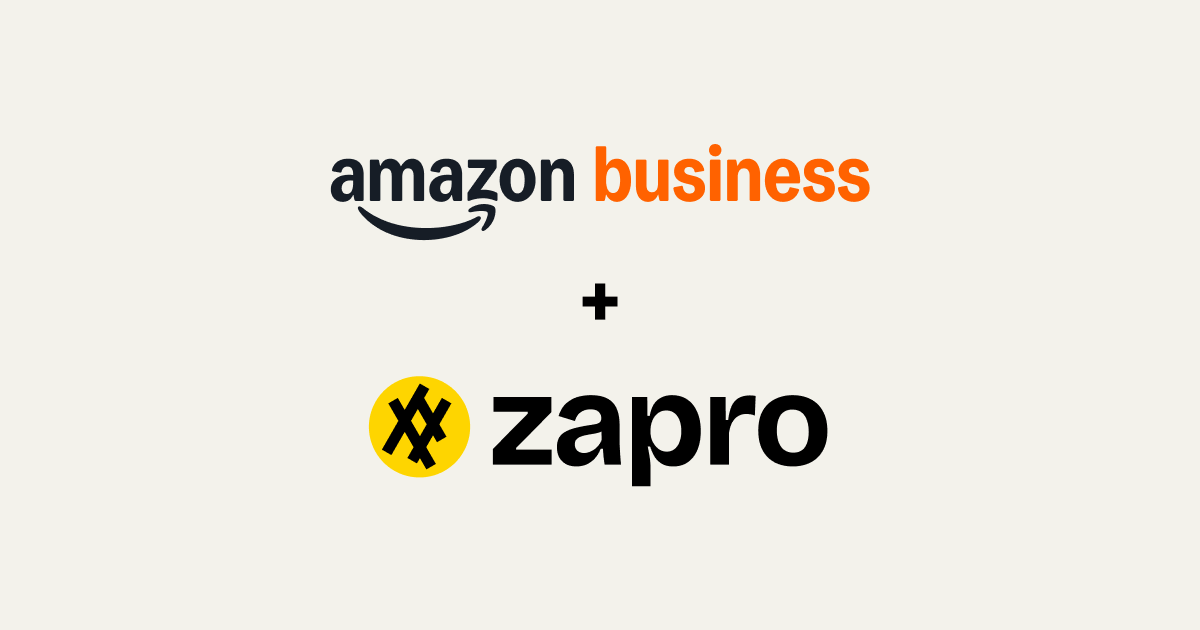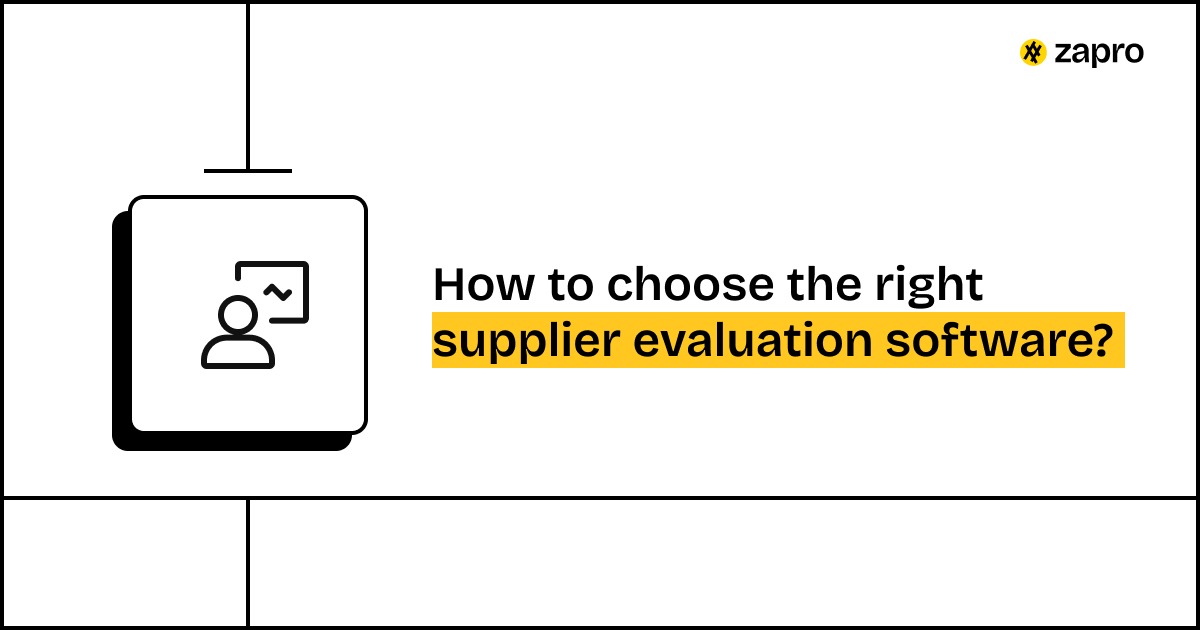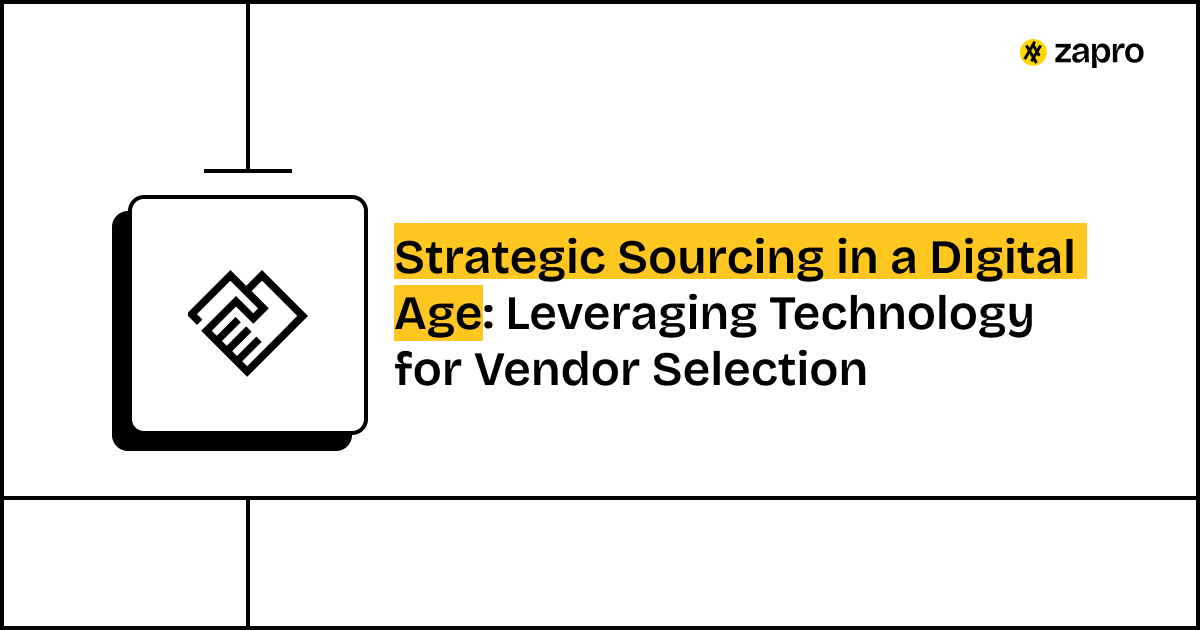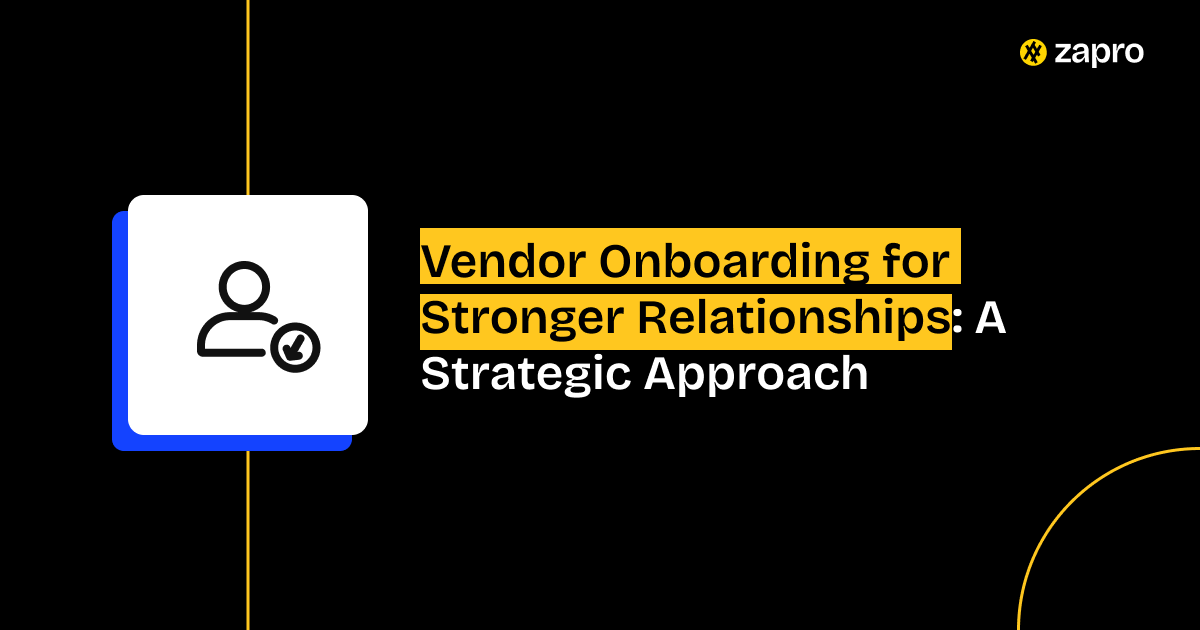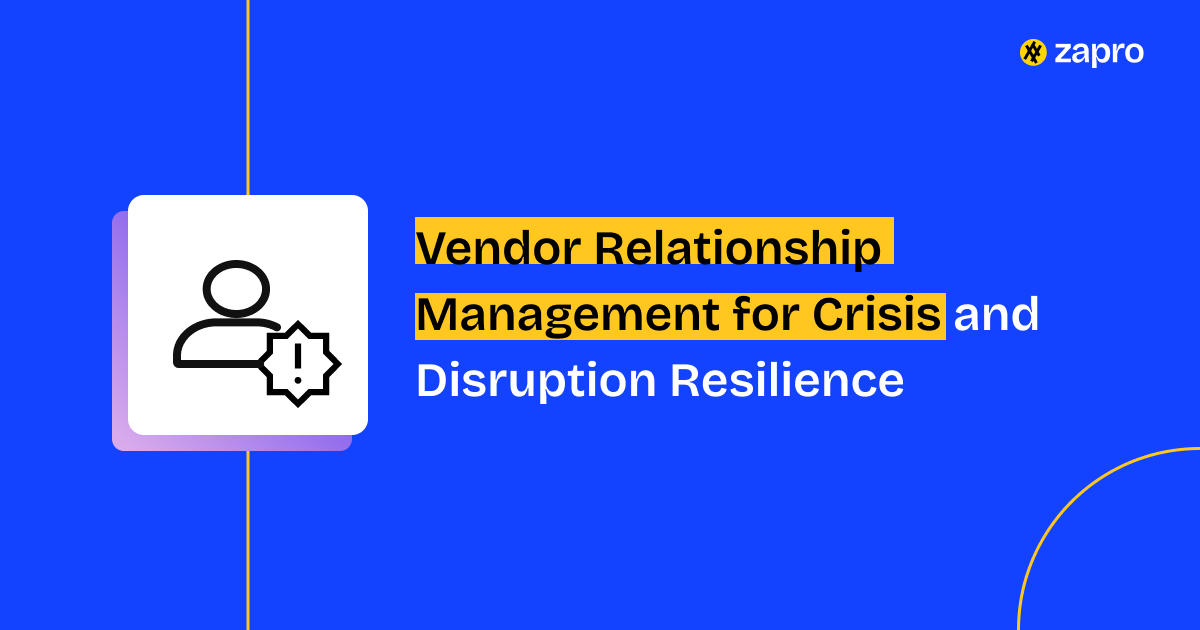What is supplier evaluation software?
Supplier evaluation software operates as a digital platform which enables procurement teams and supply chain professionals to track and assess supplier performance through systematic evaluation methods.
- The system unites scorecard assessment, risk monitoring, compliance verification, and reporting functions under one unified platform.
- The system exists to deliver unbiased information about supplier performance based on quality standards, delivery times, cost management, sustainability practices, and regulatory compliance.
- These platforms serve as decision-making tools which evaluate suppliers while providing performance assessments for each supplier.
- The system identifies which suppliers deliver excellent results, which need improvement plans, and which suppliers threaten business operations.
Why manual evaluation methods fall short
The current evaluation methods through manual processes have proven ineffective for several reasons:
- The previous methods of using spreadsheets, manual audits, and ad hoc scorecards worked well for smaller supplier networks and less complex global supply chains. The current business environment makes these methods dangerous to use.
- Different evaluators apply different evaluation criteria which results in unreliable supplier comparison results.
- The scattered nature of information between emails, Excel sheets, and procurement systems creates incomplete data sets because of data silos.
- The manual evaluation process takes extended periods of time while producing incorrect results that negatively affect supplier performance assessments.
- The system detects problems after risks have already become unmanageable.
Why supplier evaluation matters in modern supply chains
Supplier evaluation is more than just about grading vendors; it’s about protecting supply chains, cutting down risks, and also very much about unlocking long-term value.
In today’s highly competitive environment, its role has become far more strategic than ever before in the past.
1. Maintaining product and service quality
- The process of supplier evaluation helps organizations maintain both product and service quality at consistent levels.
- Any minor supplier quality failure will create a chain reaction that leads to customer dissatisfaction.
| The Deloitte survey revealed that supply chain disruptions from poor supplier performance affected 73% of organizations. |
- The evaluation software system monitors KPIs for defect rates and on-time delivery performance to maintain brand trust through consistent quality delivery.
2. Risk management and regulatory compliance
- Risk management and regulatory compliance become possible through this system.
- Supplier non-compliance with regulations and geopolitical risks create significant financial expenses for businesses.
- The EU experienced 27% of major product recalls during 2024 because of suppliers who failed to meet regulatory standards.
- The evaluation system uses software to perform compliance assessments which reveal potential risks before they become major issues.
3. Cost reduction and operational performance
- The process enables organizations to decrease their expenses while achieving higher operational performance.
- The implementation of effective supplier management according to McKinsey leads to a 5-10% reduction in procurement expenses.
- Organizations achieve cost savings by identifying underperforming suppliers then redirecting their spending to dependable suppliers who minimize expenses from delays, rush orders, and rework.
4. Achieving sustainability and ESG objectives
- The evaluation process enables organizations to achieve their sustainability targets and ESG objectives.
| The IBM 2023 survey reveals that sustainability practices have become essential for 60% of consumers when they decide which company to support. |
- The evaluation system enables businesses to monitor ESG metrics including carbon footprint, labor standards, and ethical sourcing practices for stakeholder alignment and reporting needs.
5. Discovering innovative suppliers
- The evaluation process enables businesses to discover innovative suppliers.
- The evaluation process at top companies extends beyond compliance assessment to include assessments of their innovative capabilities.
- The evaluation software enables organizations to detect and develop essential strategic partnerships with suppliers.
6. Strengthening supply chain resilience
- Supply chain resilience improves through supplier evaluation processes.
- The COVID-19 pandemic had exposed the faultlines that how easily global supply chains can become extremely vulnerable to any sort of disruptions.
- So during those times, companies with established supplier evaluation systems actually achieved faster recovery, simply because they were able to rapidly switch to other dependable alternative suppliers.
- The evaluation system enhances supply chain resilience through its ability to monitor all suppliers within the network.
Supplier evaluation functions as a strategic business tool which enables organizations to create resilient supply chains that deliver both cost efficiency and sustainability.
Key features of supplier evaluation software
The correct supplier evaluation software provides procurement teams with essential tools to make quick and intelligent business decisions.
1. Supplier performance tracking scorecards:
The system uses scorecards to monitor delivery accuracy, quality, and cost performance through objective measurable data instead of personal assessments.
2. Compliance and risk monitoring:
Real-time risk data and certification monitoring through integrated systems helps organizations avoid fines and product recalls and protects their reputation.
3. Automated assessments and reporting
- The system uses automated workflows to expedite evaluations.
- Unifies data collection and generates easy-to-read dashboards instead of lengthy spreadsheets.
4. Centralized supplier data management:
A single system stores all supplier information which leads to better accuracy, time savings, and more efficient audit processes.
5. Supplier improvement and accountability
- The platform enables suppliers to join improvement plans through shared portals and feedback systems.
- Enhances supplier accountability and strengthens their relationship with the company.
6. System integrations:
The system integrates with ERP, QMS, and procurement systems to provide real-time data exchange between different functions for complete performance visibility.
The combination of these features transforms supplier evaluation from a basic checklist process into ongoing improvement activities which create actual business results.
Benefits of using supplier evaluation software
Supplier evaluation software investment provides organizations with strategic advantages which manual evaluation systems cannot achieve.
1. Better decision-making
The implementation of supplier evaluation software enables procurement teams to make better decisions through data-based insights. The combination of real-time KPIs and scorecards enables procurement teams to perform objective supplier comparisons.
2. Transparency and stronger relationships
The evaluation process becomes more transparent which leads to better communication between suppliers and their partners. Transparent methods enable suppliers to maintain open communication channels, resulting in stronger relationships based on trust.
3. Compliance and audit efficiency
The combination of centralized data management with automated reporting systems shortens the duration of audits. This ensures regulatory compliance across the supplier network.
4. Early risk detection
The system provides early warnings about financial instability, delivery delays, and quality problems. It enables teams to take preventive measures before operational disruptions occur.
5. ESG and sustainability alignment
The system monitors ESG performance indicators which include environmental impact measurements and responsible sourcing practices. This enables organizations to verify that supplier networks follow sustainability goals and reporting standards.
6. Cost savings and ROI
The implementation of structured supplier management according to McKinsey research leads to a 5-10% reduction in procurement expenses. The system identifies operational weaknesses which enables organizations to merge their spending with their top-performing suppliers.
7. Innovation and continuous development
The evaluation process now assesses suppliers based on their ability to innovate as well as their compliance performance.
Companies that lead the market assess suppliers on two criteria: ability to innovate and adherence to regulations. This enables organizations to develop collaborative relationships for continuous product and process development.
How supplier evaluation software works
The combination of automated systems with analytical tools and collaborative features in supplier evaluation software enables organizations to convert their previous manual and inconsistent assessment methods into an optimized system. The system operates through the following sequence of operations:
1. Data collection methods
The system collects data through various sources which include ERP systems and quality inspection reports and delivery records and audit findings and supplier self-assessment results. The platform combines risk data from third-party sources to deliver complete visibility to users.
2. Evaluation scoring models
The evaluation process for suppliers uses pre-established KPIs which include cost and quality and delivery and ESG performance metrics. The scoring system allows users to assign different weights to their business priorities so a pharmaceutical company can prioritize compliance above cost considerations.
3. Automated workflows vs. manual scoring
The system uses automated workflows to extract data and execute calculations which instantly update supplier scorecards. The system maintains speed and accuracy in scoring while reducing human errors but still allows users to perform manual scoring when needed.
4. Reporting dashboards and alerts
The system transforms complex data into understandable visualizations which include performance trends and risk heat maps and supplier ranking systems. The system generates automatic notifications which alert teams about suppliers who fail to meet their performance targets so they can take preventive measures before disruptions happen.
The combination of these features enables procurement teams to monitor suppliers in real-time while gaining control over their evaluation process which transforms into an active business approach.
Best practices for effective supplier evaluation
The correct application of software systems produces half of the results while the remaining half depends on how users implement the system. These best practices maintain evaluation processes which deliver fair results and consistent outcomes and significant impact.
1. Define KPIs and performance benchmarks
Your evaluation process should begin with specific measurable KPIs that include quality defect rate and on-time delivery and cost competitiveness and ESG compliance. Your business objectives should determine the benchmarks which suppliers need to understand for performance expectations.
2. Automate repetitive tasks
The process of manual data entry and scoring should be removed whenever possible. The implementation of automation systems brings two essential benefits which include time efficiency and uniformity in supplier assessment processes.
3. Regularly review supplier performance
The performance levels of suppliers remain dynamic throughout time. The evaluation process should occur every quarter or twice a year to monitor supplier development and detect potential risks which will help you decide about supplier continuation or expansion or termination.
4. Encourage collaborative improvement plans
The evaluation process for suppliers should avoid creating a policing atmosphere. Present evaluation results openly to suppliers then work together to identify weaknesses and create plans for improvement. The process develops supplier responsibility through better relationship development.
5. Segment suppliers by strategic importance
Different evaluation methods should be used for suppliers based on their strategic value to your organization. Strategic suppliers and high-risk suppliers need detailed evaluation processes but transactional suppliers should receive basic assessment methods.
6. Leverage cross-functional input
Different teams within procurement and quality and operations and finance departments observe suppliers through their individual perspectives. The inclusion of various stakeholders leads to evaluations that combine both accuracy and balance.
7. Update your evaluation framework periodically
Business operations undergo changes because of new regulations and sustainability targets and innovative requirements. The evaluation process requires periodic updates of KPIs and scoring models to maintain its effectiveness.
How to choose the right supplier evaluation software
Selecting the correct supplier evaluation software from numerous available options becomes challenging because of the numerous available tools. The selection process requires matching platform capabilities to your business requirements.
The following elements determine the selection process for supplier evaluation software.
1. Identify business needs and goals
Your first step should be to determine your desired outcomes since you want to enhance compliance standards or minimize supplier risks or support ESG initiatives. Your business objectives will determine which essential features to prioritize and which optional features to consider.
2. Assess integration capabilities
The evaluation process for suppliers operates independently from other business functions. The software needs to integrate perfectly with ERP systems and QMS and procurement platforms and other enterprise management tools. The system maintains data accuracy and prevents users from performing duplicate work.
3. Prioritize ease of use and scalability
The platform needs to provide simple operation for both your internal staff members and your suppliers. The system needs to maintain its functionality when your supplier numbers increase and your business operations change.
4. Evaluate the security measures and data compliance standards of the system
The evaluation of suppliers requires absolute security because their data contains critical financial details and operational information and compliance records. The tool needs to follow GDPR and SOC 2 standards for data protection.
5. Compare pricing models and ROI
The pricing structure of different vendors includes subscription plans and per-user fees and multiple pricing levels. The total return on investment should be evaluated through assessments of operational efficiency and risk reduction and future financial savings.
A correct solution selection for supplier evaluation transforms this administrative duty into a strategic tool that enhances operational efficiency and compliance and business resilience.
Top supplier evaluation software solutions for 2025
The solutions provide organizations with performance insights and AI capabilities and quality management and ESG and risk management and data-driven supplier assessment tools to address different organizational requirements in 2025.
The following section presents a summary of leading supplier evaluation software solutions for 2025 which includes essential features and advantages and disadvantages and cost information.
1. Zapro – Modern, cloud-based supplier management
Zapro is an AI-powered procurement and vendor management platform designed for fast-growing businesses, offering end-to-end automation from sourcing to payment. It unifies procurement, inventory, and sales operations on a single system for real-time visibility, proactive risk control, and automatic workflows.
With seamless integration across ERP and accounting tools, Zapro empowers teams to optimize spend, streamline approvals, and efficiently manage suppliers at scale.
Key Features
- No-code supplier onboarding and qualification
- 360° dashboards with performance, financials, and communications
- Automated contract management and compliance workflows
- AI-driven risk monitoring and spend analytics
Pros
- Intuitive interface, rapid deployment, scalable plans
- Proactive insights and automation reduce manual effort
Cons
- Some premium features are locked behind higher-tier plans
- Could slow with large datasets
Pricing
- Startups/Small Teams: $299/month (up to 10 vendors)
- Growth: $699/month (up to 100 vendors)
- Enterprise: Custom quotes for large organizations
Evaluate suppliers with confidence. Faster onboarding, built-in compliance, and data you can trust.

2. Kodiak Hub
Overview
Kodiak Hub provides supplier performance insights through KPIs which it delivers in real time by using data analytics. The system enables users to create personalized dashboards which display performance indicators and risk detection and supplier performance assessment metrics.
Key features
- Real-time analytics
- KPI tracking
- Risk alerts
- Customizable dashboards
Pros
- Easy interface
- Strong visual reports
- Personalized KPI tracking
Cons
- Lacks sophisticated automation capabilities
- Requires additional setup work for integration
Pricing
Depends on organization size and number of modules selected.
3. GEP SMART
Overview
GEP SMART uses artificial intelligence to manage suppliers through risk assessment and performance monitoring and automated contract enforcement. The platform provides a single cloud-based solution which unites procurement operations with supplier lifecycle management.
Key features
- AI risk analytics
- Supplier performance scorecards
- Contract management
- Collaboration tools
Pros
- Sophisticated AI-based insights
- Complete supplier lifecycle management
- Scalable cloud infrastructure
Cons
- Costs more than other solutions
- Requires complex setup procedures for small businesses
Pricing
Customized pricing model, generally serving medium to large businesses.
4. QT9 QMS
Overview
QT9 QMS provides organizations with an integrated system that links supplier evaluation to quality management for continuous improvement and compliance tracking. The system enables users to prepare for audits and track CAPA and supplier scorecards through a unified platform.
Key features
- Supplier quality evaluation
- Audit management
- CAPA tracking
- Document control
Pros
- Complete quality management capabilities
- Works well for regulated sectors
Cons
- Requires complex navigation
- Users need to request pricing information
Pricing
Customized pricing structures depending on usage patterns and selected modules.
5. Position Green
Overview
Position Green provides ESG-focused supply chain evaluation services to help businesses track their suppliers’ sustainability performance and social responsibility and environmental impact. The system enables automatic data acquisition and performance comparison functions.
Key features
- ESG data tracking
- Supplier sustainability rating
- Automated workflow management
- Benchmarking capabilities
Pros
- Excellent ESG monitoring capabilities
- Automated reporting functions
- Supports sustainable procurement practices
Cons
- Specializes in ESG assessment
- Lacks complete supplier performance evaluation capabilities
Pricing
Customized pricing depending on business size and operational scope.
6. Benchmark Gensuite
Overview
Benchmark Gensuite provides organizations with complete risk management and audit solutions that focus on supplier evaluation and compliance oversight and incident management. The system connects compliance operations to real-time dashboard displays and alert systems.
Key features
- Risk assessment tools
- Audit management capabilities
- Incident tracking
- Compliance dashboards
Pros
- Excellent risk management capabilities
- Strong support for regulatory compliance
Cons
- Interface presents challenges to users
- Operates best for large business organizations
Pricing
Pricing depends on the specific requirements of each enterprise.
7. Babtec Supplier Cockpit
Overview
Babtec Supplier Cockpit provides suppliers with detailed scoring systems and audit management and corrective action tracking capabilities. The system delivers precise assessment tools with visual performance indicators and trend analysis features that match quality standards.
Key features
- Supplier scoring
- Audit management
- CAPA workflow
- Real-time dashboards
Pros
- Detailed evaluation methods
- Strong visual presentation tools
- Supports ongoing improvement initiatives
Cons
- Works best for manufacturing and quality-oriented businesses
- Requires customized pricing
Pricing
Quote-based pricing depending on deployment size.
8. Tradogram
Overview
Tradogram provides cloud-based procurement solutions which use data analytics to evaluate supplier performance and support negotiations through scorecards and spend analysis and contract management.
Key features
- Supplier scorecards
- Spend analytics
- Contract management
- Procurement workflows
Pros
- Simple operation
- Affordable for small to medium businesses
- Combines procurement and evaluation functions
Cons
- Less effective for large businesses
- Provides only basic analytics compared to advanced tools
Pricing
Basic pricing starts at $39 per user per month. Enterprise organizations need to contact the company for customized pricing.
Comparison table of top supplier evaluation software in 2025
| Platform | Key Features | Pros | Cons | Pricing |
| Zapro | AI-driven procurement, vendor management, automation | Intuitive, scalable, real-time insights | Some features are in premium-only | Starts $299/month(Spark plan) |
| Kodiak Hub | Real-time analytics, KPI tracking | User-friendly, customizable dashboards | Limited automation | Custom pricing |
| GEP SMART | AI analytics, contract mgmt, collaboration | Advanced AI, scalable cloud platform | High cost, complex setup | Custom pricing |
| QT9 QMS | Supplier quality, audit mgmt, CAPA | Integrated quality management | Complex interface | Custom quotes |
| Position Green | ESG scoring, sustainability monitoring | Strong ESG focus, automated reporting | Narrower focus on ESG | Custom pricing |
| Benchmark Gensuite | Risk assessments, audit tools | Strong risk management | Complex interface | Custom pricing |
| Babtec Supplier Cockpit | Scoring, audit mgmt, CAPA | Detailed assessments, visual dashboards | Best for quality-heavy industries | Quote-based |
| Tradogram | Supplier scorecards, spend analytics | Easy to use, affordable | Limited advanced analytics | From $39/user/month |
Why Zapro is the smarter choice for supplier evaluation
The current supply chain complexity exceeds what traditional systems and manual procedures can handle. The procurement team gains a superior supplier evaluation system through Zapro which provides real-time performance tracking and centralized data management.
Key features of Zapro
The system provides three main features to users:
- The platform offers complete supplier monitoring through its centralized database which tracks supplier performance in real time.
- The system operates through automated workflows which eliminate human involvement while minimizing mistakes.
- The system integrates perfectly with ERP systems and QMS platforms and procurement management tools.
Additional capabilities
- The system includes built-in risk management and compliance features which help organizations maintain their position against disruptions.
- The system enables users to track ESG performance of suppliers for sustainability goal alignment.
Zapro provides organizations with a modern solution that goes beyond basic supplier scoring because it enables them to build resilience, cost efficiency, and innovation through supplier evaluation.
Ready to transform supplier evaluation into a competitive advantage?
Book a demo with Zapro today and see how smarter supplier performance management can strengthen your supply chain from day one.

Choose the Right Vendors, Faster with Zapro
Automate workflows, ensure compliance, and onboard suppliers faster.
FAQs
1. What is supplier evaluation software?
It is a tool that helps procurement teams measure and monitor supplier performance using scorecards, KPIs, and risk data, replacing manual spreadsheets with a structured, automated system.
2. How does supplier evaluation improve procurement efficiency?
It standardizes evaluations, reduces errors, and automates workflows. This saves time, lowers costs, and makes sourcing decisions faster and more reliable.
3. Which KPIs should I track when evaluating suppliers?
Key KPIs include on-time delivery, quality defect rate, cost competitiveness, compliance status, responsiveness, and ESG metrics.
4. What are the best supplier evaluation tools in 2025?
Some leading solutions are Kodiak Hub, GEP SMART, QT9 QMS, Position Green, Benchmark Gensuite, Babtec Supplier Cockpit, and Tradogram.
5. How does supplier evaluation software integrate with ERP?
It connects supplier data, purchase orders, invoices, and performance metrics with ERP systems to eliminate silos and ensure real-time visibility.6. How can AI improve supplier evaluation processes?
AI identifies patterns in supplier data, predicts risks, automates scoring, and uncovers opportunities for innovation, making evaluations smarter and proactive.
Don’t miss our weekly updates
We’ll email you 1-3 times per week—and never share your information.
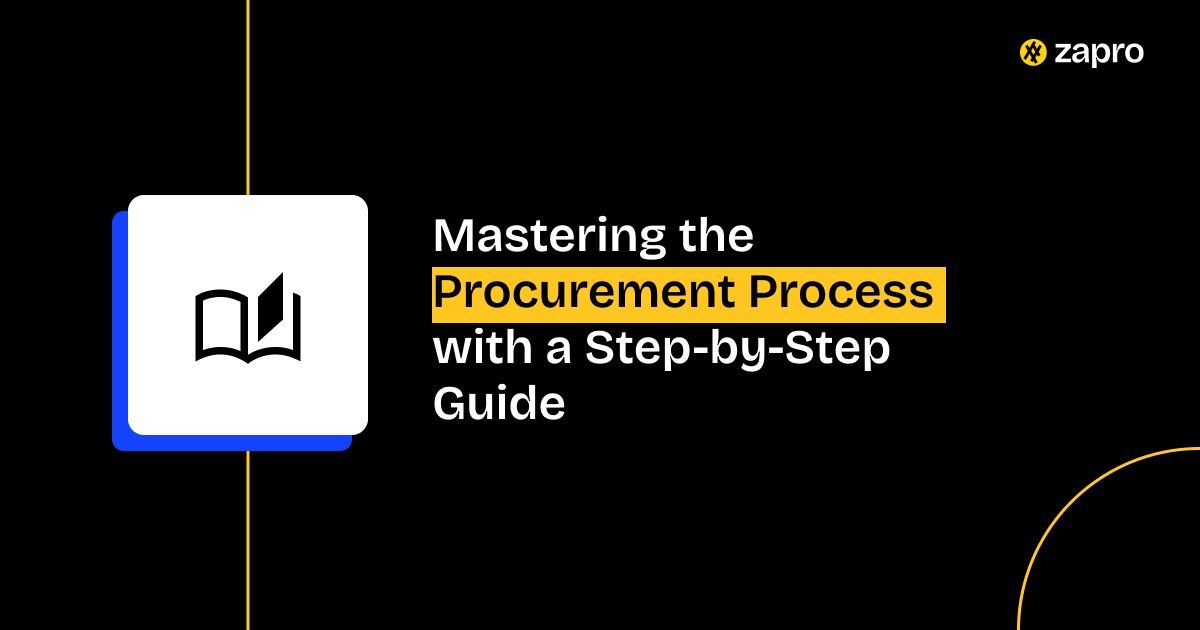
 Healthcare
Healthcare Financial Services
Financial Services Technology
Technology Venture Capitalist
Venture Capitalist Chief Procurement Officer
Chief Procurement Officer Chief Financial Officer
Chief Financial Officer